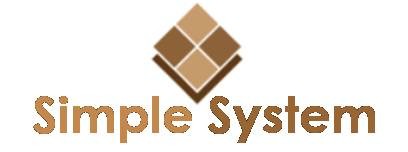Introduction before using ANSI/ASQC Z1.4 for Attribute Inspection.
1. Inspection
Inspection is a process to measure, test, evaluate or compare such unit of product against requirement or specification. If we take a look for the type of data, inspection can be divided by two. Read more in page 2.
a. Variable inspection
An inspection where quality characteristic measured from such product can be determined in number, for example gram, centimeter, meter per second, kgf and the data can be recorded.
b. Attribute inspection
An inspection where quality characteristic measured is defined as “OK” or “Not OK”. In statistical language, the term OK or Not OK (NG) can be figure as: 1) Conforming and nonconfoming, or 2) Conforming and Number of unit nonconformities.
For example in quality inspection of car toy. If one of the tires can not be operated, and the car is stated as NG by counted it as 1 NG, then it called as 1 nonconforming. If every type of NG are counted, for example broken tire, broken lamp and battery cable worn out, then it will be counted as 3 nonconformities in 1 unit product. Inspection by go/no-go gauge can be categorized as conforming and nonconforming, because the result is only OK or NG, undersized or oversized.
Defect or NG calculation for this two types of inspection is described as following:
-
% nonconforming = number of nonconforming / number of inspection quantity x 100.
-
nonconformities per 100 unit = number of nonconformities / number of inspection quantity x 100.
2. Sampling Method for Attribute
Sampling is taken small part of such product lot/batch which assume can represent the characteristic of what lot/batch. Sampling can be done randomly or structurally as such method. Sampling is done to determine whether suct product lot/batch meet the required specification. One of general method used for sampling is ANSI/ASQC (American National Standard Institute / America Society for Quality Standards) method which is adopted from Military Standard (MIL STD). For attribute inspection, the sampling plan can follow ANSI/ASQC Z1.4.
There are many type of attribute inspection which can be used depend on confidence level as follow :
-
single sampling plan
-
double sampling plan
-
multiple sampling plan
There is also normal, tightened and reduced inspection which implemented to improve inspection efficiency in term of time, manpower and cost. To implement this inspection type, usually we use switching rule as below picture.
If 10 consecutive lot checked tightened inspection (or other lot quantity determined by authorized personnel), inspection can be stopped under supervision until waiting the corrective action of this product quality. Switching rule can be combined with sinle, double or multiple inspection. What type you choose is not important. The most important is the understanding of each sampling characteristic and your confidence level which usually described in contract with your customer. Download detail guideline about this here (pdf, 10 pages, 174 kb).

